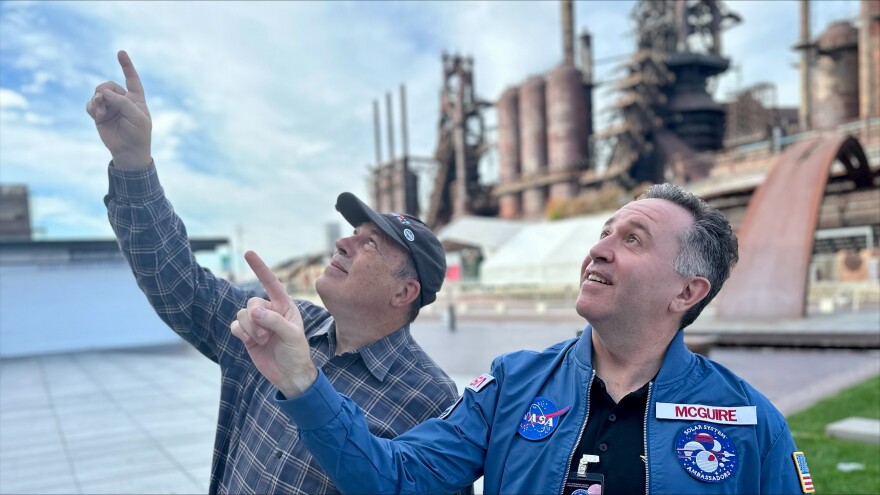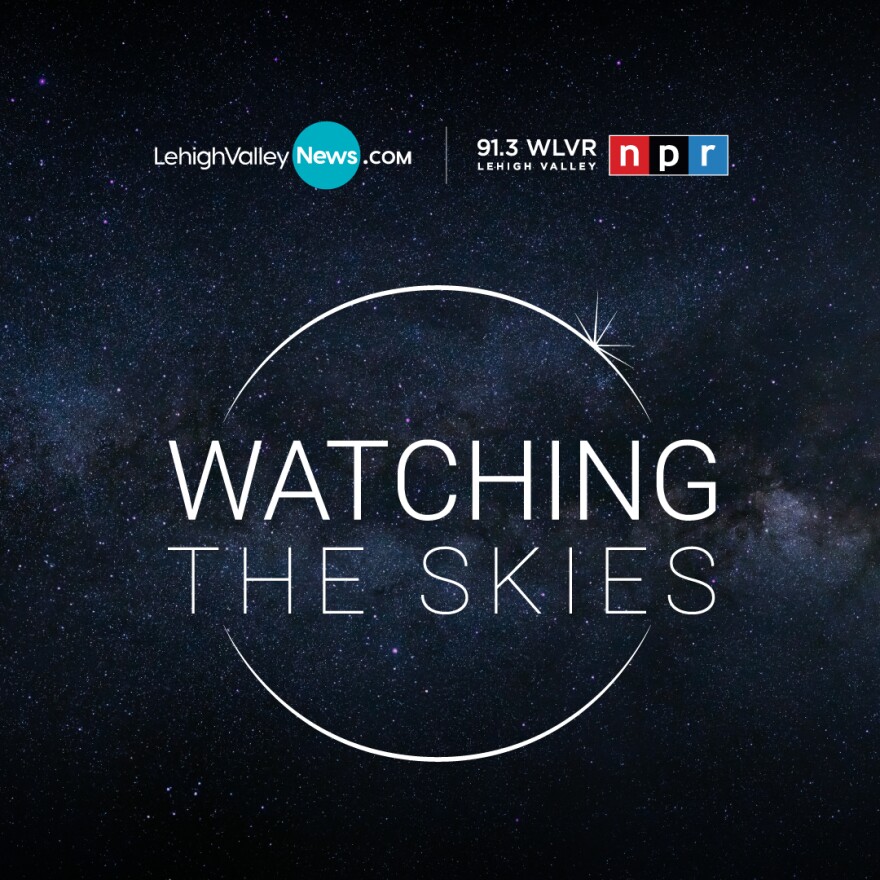BETHLEHEM, Pa. — Brad Klein reviews upcoming astronomical highlights with Bethlehem’s "Backyard Astronomy Guy," Marty McGuire. This week, a look at a NASA mission that is on the way to a moon landing, but very different from the Apollo missions a half century ago.
Both are robotic missions with no humans aboard. And both are taking their time to get from Earth to the moon.
Both a Japanese lander, and the NASA mission known as Blue Ghost Mission 1 (Firefly) left Earth on the same SpaceX rocket on Jan. 15.

The NASA lander, built by Texas-based Firefly Aerospace, will take 45 days to reach the moon, orbiting both Earth and the moon multiple times before attempting to land.
“It does have a planned landing date of about March 2 and hopefully conduct experiments on the surface of the moon for about 14 days,” McGuire said.
Besides multiple scientific experiments planned for the lunar surface, the craft will also attempt to photograph a total eclipse of the sun by the Earth… as seen from the moon.



